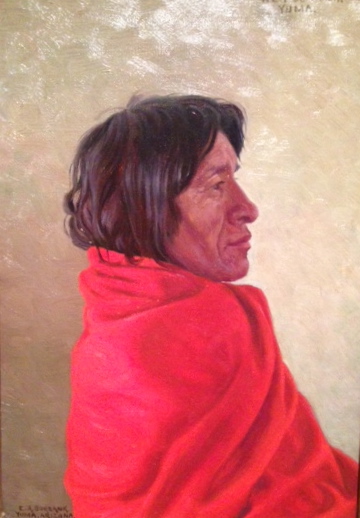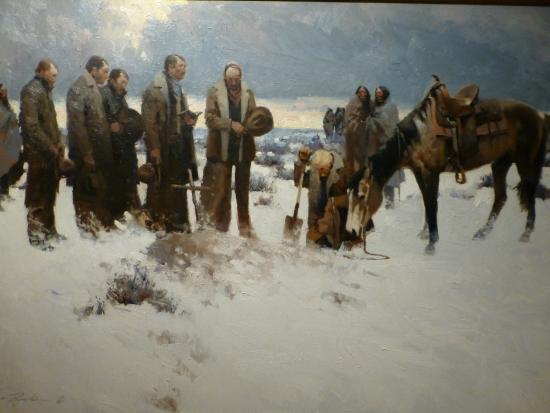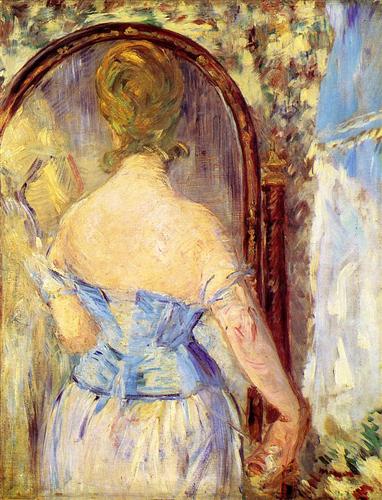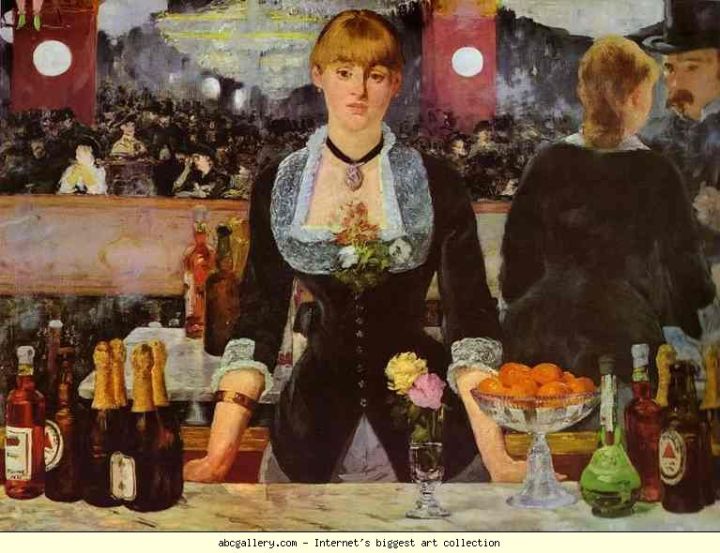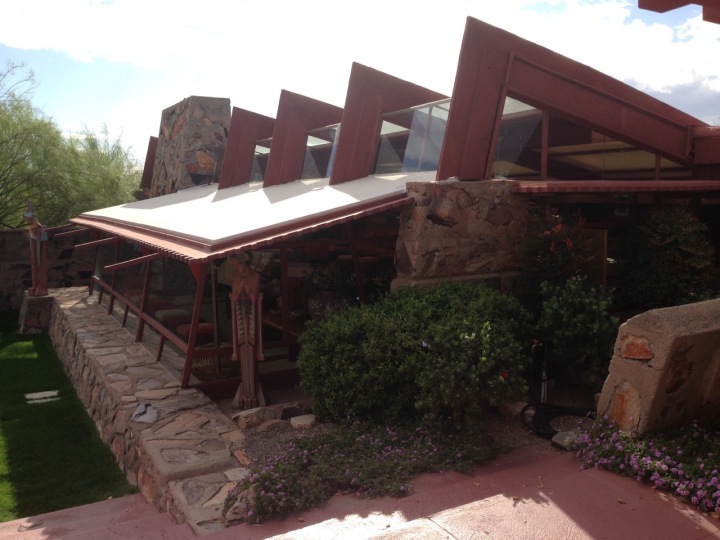 Jim and I viewed a collection of Michelangelo’s drawings and sketches at the Phoenix Art Museum while we were in Arizona earlier in March: Michelangelo: Sacred and Profane. According to accompanying written material at the museum: “Based on his reading of Augustine’s Book of Wisdom, Michelangelo, shared the Renaissance view that God built Creation on a foundation of measure and number, i.e. Geometry.” In other words, mimicking God, Michelangelo used Geometry as a means to his own creation. This fascination for God’s means of Creation is also the source of Dutch artist, M. C. Escher’s, fascination with The Alhambra and the development of his sophisticated tessellations.
Jim and I viewed a collection of Michelangelo’s drawings and sketches at the Phoenix Art Museum while we were in Arizona earlier in March: Michelangelo: Sacred and Profane. According to accompanying written material at the museum: “Based on his reading of Augustine’s Book of Wisdom, Michelangelo, shared the Renaissance view that God built Creation on a foundation of measure and number, i.e. Geometry.” In other words, mimicking God, Michelangelo used Geometry as a means to his own creation. This fascination for God’s means of Creation is also the source of Dutch artist, M. C. Escher’s, fascination with The Alhambra and the development of his sophisticated tessellations.

Escher Reptiles
In Phoenix, we also visited Frank Lloyd Wright’s winter home near Scottsdale, Taliesin West. Our tour guide informed us Taliesin West was designed by Wright to mimic the shapes of the surrounding desert and mountains, based on principles of Geometry.

The triangular shape of the pool mimics the mountain behind the house.
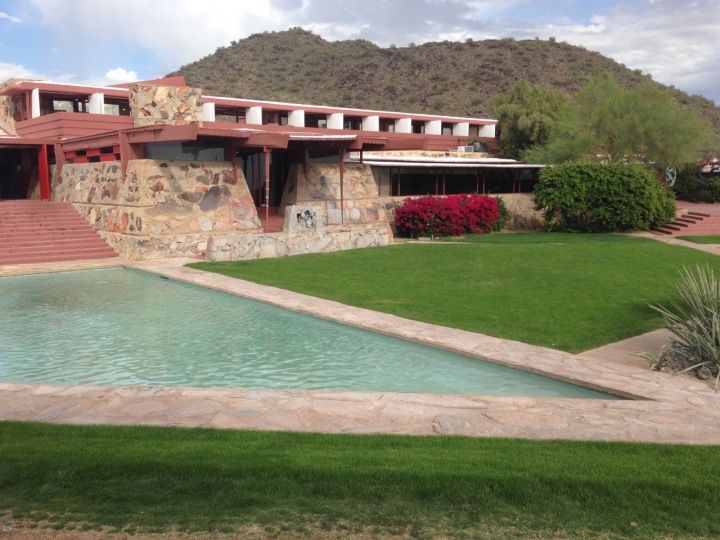
According to https://www.khanacademy.org, “Geometry is at the core of everything that exists, including you.” It is interesting how often Geometry comes up with artists and their work. The world is a puzzle, and we all (in general) like to think (obsess) about how to solve it.
